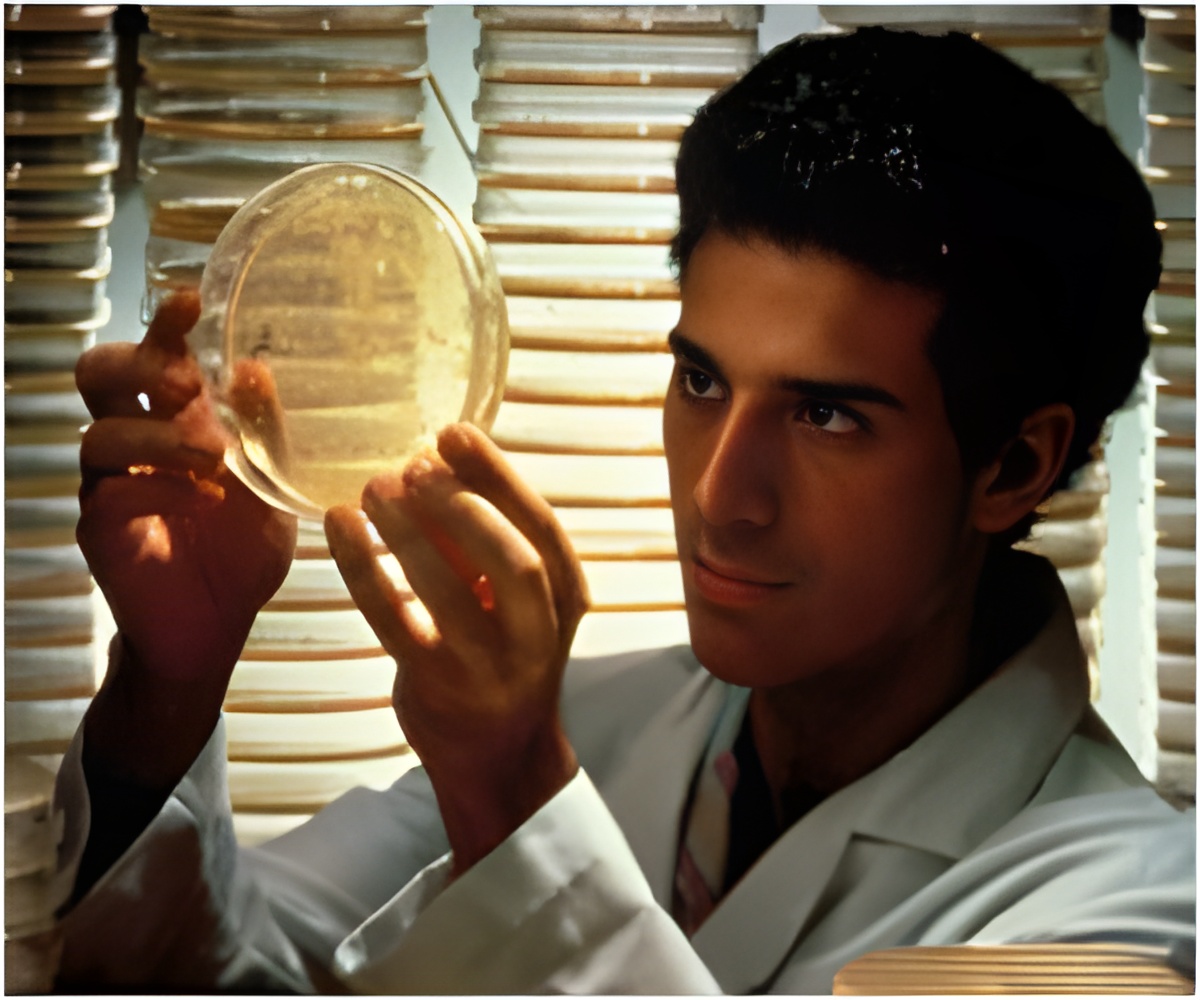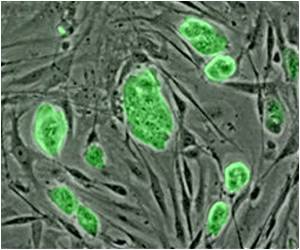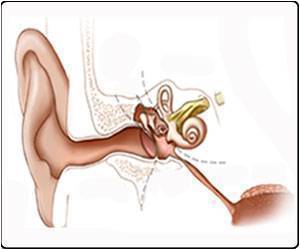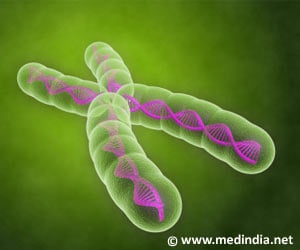Plain paper is being used to grow cells and with help of microfabrication techniques, it can generate new biomaterials known as tissue mimetics which can help grow back lost tissue.

‘Origami-folded paper can be used to grow bone cells, called osteoblasts.The paper can then be implanted to treat patients, including those suffering from damage caused by disease, degeneration or trauma, or bone defects.’





Using origami as inspiration, Camci-Unal and her team are using plain paper to create centimeter-scale scaffoldings where the cells can grow and then applying microfabrication techniques to generate new biomaterials known as tissue mimetics."Paper is a low-cost, widely available and extremely flexible material that can be easily fabricated into three-dimensional structures of various shapes, sizes and configurations," said Camci-Unal.
The team uses origami-folded paper to grow bone cells, called osteoblasts, which produce the matrix that gets deposited with minerals to form bone. The paper can then be implanted to treat patients, including those suffering from damage caused by disease, degeneration or trauma, or bone defects such as irregular sizes and shapes.
So far, the team's research indicates the implants are biocompatible - that is, they are not expected to be rejected by the body's immune system, according to Camci-Unal.
The team is also using their paper-based research to learn about the behavior of lung cancer cells.
Advertisement
The Camci-Unal research group is also developing low-cost, paper-based platforms for point-of-care disease diagnostics. Their biosensors can be used to determine if a patient has a specific disease.
Advertisement
"Their physical, chemical and biological properties can be tailored to fit in various tissue engineering applications," she said. "However, hydrogels have relatively weak mechanical properties, so they tend to be not as easy to handle and manipulate when they are in large, very thin sheets."
By combining hydrogels laden with cells with sheets of paper, Camci-Unal is able to create sufficiently strong support structures that can be used for tissue engineering. Other researchers have developed 3-D structures from synthetic materials like polymers, ceramics and metals to culture cells, but most of those traditional materials do not closely resemble the surroundings in native tissues, she explained.
"Our team recently started to get involved in wound-healing research, too. Our ultimate goal is to improve human health and the quality of life," Camci-Unal said.
Camci-Unal and three of her students - biology major Kierra Walsh of Billerica and Xinchen Wu and Sanika Suvarnapathaki, both of Lowell and Ph.D. students in biomedical engineering and biotechnology - discussed the use of paper-based, 3-D platforms for cell cultures and other biomedical applications in a Jan. 24 article in MRS Communications, a peer-reviewed academic journal used by researchers worldwide for the rapid dissemination of breakthroughs in materials science.
Source-Eurekalert









